Erik Banks – Catastrofic Risk
$16.00
Erik Banks – Catastrofic Risk
Product Delivery: You will receive a download link via your order email
Should you have any question, do not hesitate to contact us: [email protected]
Erik Banks – Catastrofic Risk
DESCRIPTION
Catastrophic risk is one of the most significant and challenging areas of corporate risk management. Analyze this risk for your company with Catastrophic Risk and make sure you have sufficient resources to absorb losses and avoid financial distress.
The first comprehensive volume to address this topic from a financial perspective, this book is a guide to the worst financial risks threatening companies and industries today. Author Eric Banks begins with a consideration of ?catastrophe? and its mplications, looks at the state of actuarial and financial modelling of catastrophe risks, and discusses the creation of a risk management framework that will enable the efficient and secure management of exposure. Catastrophic Risk is essential reading if you’re a corporate treasurer, CFO, or insurance/financial risk manager responsible for corporate risk management. Order your copy today.
TABLE OF CONTENTS
Acknowledgments ix
About the author xi
PART I IDENTIFICATION AND ANALYSIS OF CATASTROPHIC RISK 1
1 Catastrophe and Risk 3
1.1 Introduction 3
1.2 The nature of catastrophe 5
1.2.1 A definition 5
1.2.2 Frequency 5
1.2.3 Vulnerability 8
1.2.4 Measuring severity 11
1.3 The scope of impact 11
1.4 Catastrophe and the risk management framework 13
1.5 Overview of the book 15
2 Risk Identification I: Perils 17
2.1 Natural catastrophe 18
2.1.1 Geophysical 19
2.1.2 Meteorological/atmospheric 22
2.1.3 Other natural disasters 26
2.2 Man-made catastrophe 29
2.2.1 Terrorism 29
2.2.2 Industrial contamination 31
2.2.3 Technological failure 32
2.2.4 Financial dislocation 33
2.3 Mega-catastrophe and clash loss 34
3 Risk Identification II: Regional Vulnerability 35
3.1 Spatial impact of natural catastrophes 36
3.1.1 Bermuda and the North American Atlantic Coast 36
3.1.2 Florida 36
3.1.3 North American West Coast 37
3.1.4 US Great Plains/Midwest 38
3.1.5 Caribbean 39
3.1.6 Mexico 39
3.1.7 Japan 40
3.1.8 South Asia/Southeast Asia 41
3.1.9 Middle East/Near East 43
3.1.10 Europe 43
3.2 Spatial impact of man-made catastrophes 44
3.2.1 North America 46
3.2.2 Europe 47
3.2.3 Asia/Pacific 47
3.3 Urban vulnerabilities 47
4 Modeling Catastrophic Risk 49
4.1 The development and use of models 49
4.2 The goals of catastrophe modeling 50
4.3 General model construction 51
4.3.1 Phase one: Hazard/peril assessment 52
4.3.2 Phase two: Vulnerability assessment 55
4.3.3 Phase three: Contract assessment 59
4.3.4 A general example 60
4.3.5 Other perils 63
4.4 Challenges 64
4.4.1 Model characteristics and assumptions 65
4.4.2 Model validation 66
4.4.3 Tail risks 67
4.4.4 Data quality and granularity 67
PART II MANAGEMENT OF CATASTROPHIC RISK 69
5 Catastrophe and the Risk Management Framework 71
5.1 Active risk management 71
5.1.1 Enterprise value, liquidity, and solvency 72
5.1.2 Loss control, loss financing, and risk reduction 74
5.2 Risk monitoring 81
5.3 Private and public sector efforts 82
5.4 Sources of capital 83
5.4.1 Insurers/reinsurers 83
5.4.2 Investment funds 84
5.4.3 Financial institutions 85
5.5 Toward active risk management 85
6 Catastrophe Insurance and Reinsurance 87
6.1 Insurable risk and insurance 87
6.1.1 Full insurance 88
6.1.2 Partial insurance 88
6.1.3 Captives 89
6.2 Catastrophe insurance 89
6.3 Reinsurance 92
6.3.1 Facultative and treaty reinsurance 92
6.3.2 Proportional and excess of loss agreements 93
6.4 Catastrophe reinsurance 95
6.5 Market cycles 98
6.6 Internal risk management 101
6.7 Challenges 103
6.7.1 Pricing difficulties 103
6.7.2 Earnings and capital volatility 104
6.7.3 Concentrations 106
6.7.4 Limits to insurability/uninsurable risks 106
6.7.5 Lack of insurance/reinsurance penetration 107
6.7.6 Capacity constraints 107
6.7.7 Contagion effects and systemic concerns 108
7 Catastrophe Bonds and Contingent Capital 111
7.1 Overview of securitization 111
7.2 Catastrophe bonds 112
7.2.1 Standard structures 112
7.2.2 Innovations 120
7.2.3 Market focus and direction 123
7.3 Contingent capital 124
7.3.1 Standard structures 125
7.3.2 Contingent debt 126
7.3.3 Contingent equity 128
7.4 Challenges 131
7.4.1 Structural flaws 132
7.4.2 Regulatory differences 132
8 Catastrophe Derivatives 135
8.1 Overview of derivatives 135
8.1.1 Exchange-traded derivatives 136
8.1.2 OTC derivatives 137
8.2 Exchange-traded catastrophe derivatives 139
8.3 OTC Catastrophe derivatives 140
8.3.1 Catastrophe reinsurance swaps 140
8.3.2 Pure catastrophe swaps 142
8.3.3 Synthetic OTC structures 142
8.4 Challenges 144
8.4.1 Index construction and basis risks 144
8.4.2 Lack of contract transparency 144
8.4.3 One-way markets 145
8.4.4 Pricing difficulties 145
8.4.5 Regulatory barriers 145
9 Public Sector Management and Financing 147
9.1 Forms of public sector involvement 147
9.1.1 Ex ante loss control measures 147
9.1.2 Insurance/reinsurance 148
9.1.3 Ex post crisis management 156
9.1.4 Financing and subsidies 157
9.1.5 Financial regulation 158
9.2 Challenges 159
9.2.1 Voluntary versus mandatory measures 159
9.2.2 Public and private sector responsibilities 160
9.2.3 Lack of market access and capacity 161
10 Outlook and Conclusions 163
10.1 Loss control 163
10.1.1 Loss control implementation 163
10.1.2 Enforcing urban planning 163
10.2 Quantification 164
10.2.1 Modeling requirements 164
10.2.2 Transparency 164
10.2.3 Complexity of terrorism 165
10.3 Loss financing 165
10.3.1 Vulnerabilities and risk capacity 165
10.3.2 Discriminatory funding and insurance 166
10.4 Government participation 166
10.4.1 Optimal government role 166
10.4.2 Limited government resources 167
10.4.3 Adverse incentives 167
10.4.4 Market deregulation 168
10.5 General management 168
10.5.1 Sub-optimal management 168
10.5.2 Sustainability of solutions 169
10.5.3 Preparing for the mega-catastrophe 169
10.5.4 Amalgamated solutions 169
10.5.5 Learning from past events 170
Bibliography 171
Index 175
AUTHOR INFORMATION
ERIK BANKS, an independent risk consultant, writer, and lecturer, has held senior risk management positions at several global financial institutions over the past 20 years, including Merrill Lynch, Citibank, and XL Capital. He is the author of 18 books on risk, derivatives, governance, and merchant banking, including the John Wiley titles Alternative Risk Transfer, Exchange-Traded Derivatives, The Simple Rules of Risk, and E-Finance.
REVIEWS
“…useful to have at hand…Risk, of whatever nature, remains something that needs to be addressed at all times.” (Accounting Technician, August 2005)
“It is a beautifully clear book…enlightening… one which turns a complex and potentially off-putting subject into a remarkably interesting one.” (Strategic Risk, June 2007)
Delivery Method
– After your purchase, you’ll see a View your orders link which goes to the Downloads page. Here, you can download all the files associated with your order.
– Downloads are available once your payment is confirmed, we’ll also send you a download notification email separate from any transaction notification emails you receive from IMC.sale.
– Since it is a digital copy, our suggestion is to download and save it to your hard drive. In case the link is broken for any reason, please contact us and we will resend the new download link.
– If you cannot find the download link, please don’t worry about that. We will update and notify you as soon as possible at 8:00 AM – 8:00 PM (UTC+8).
Thank You For Shopping With Us!
Be the first to review “Erik Banks – Catastrofic Risk” Cancel reply
Related Products
Forex & Trading
Forex & Trading
Forex & Trading
Forex & Trading
Forex & Trading
Forex & Trading
Forex & Trading
Forex & Trading



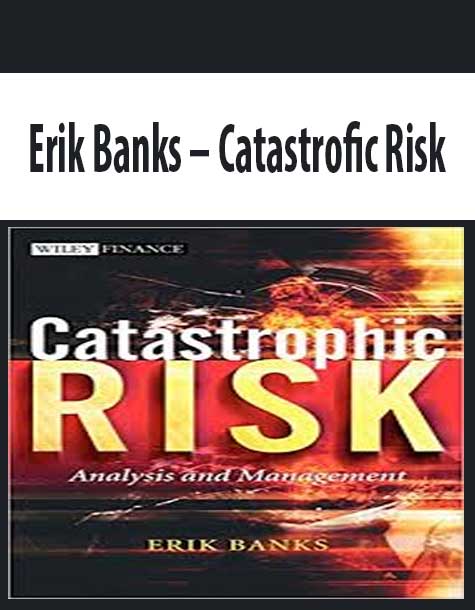
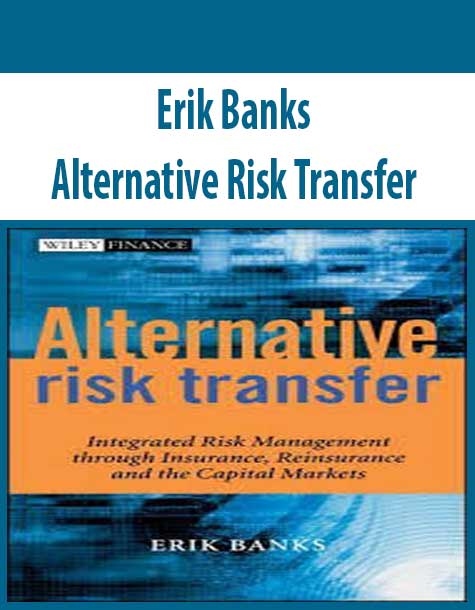
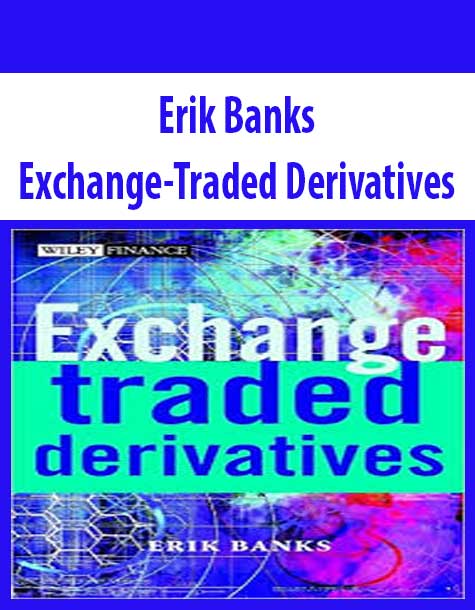
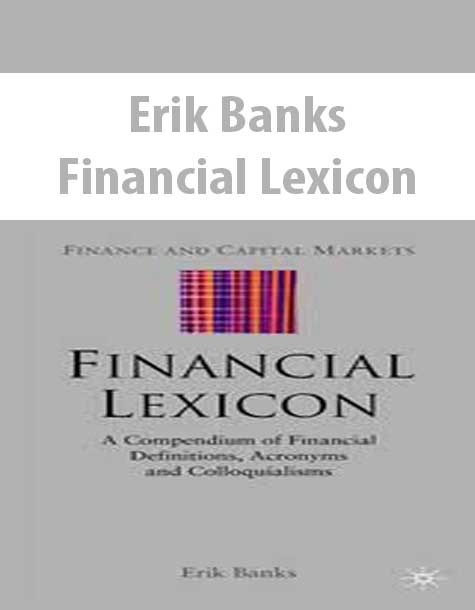
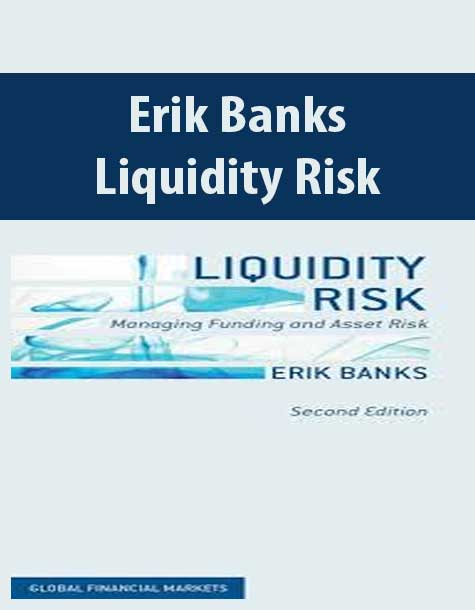
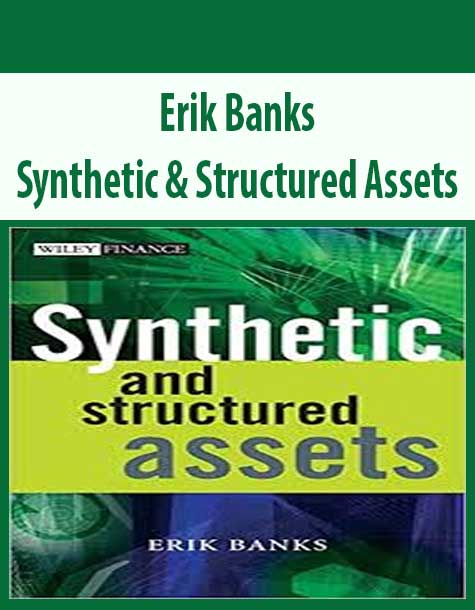
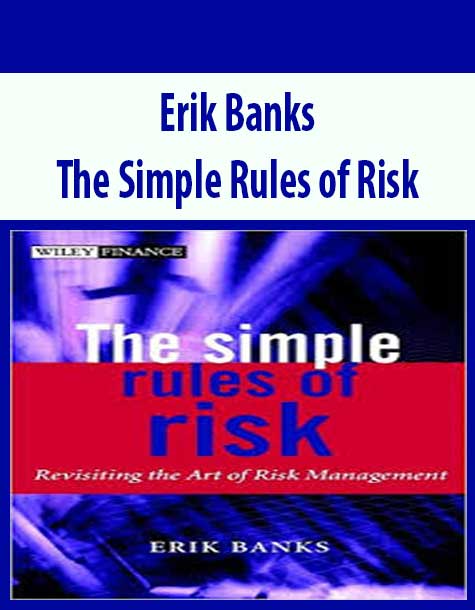
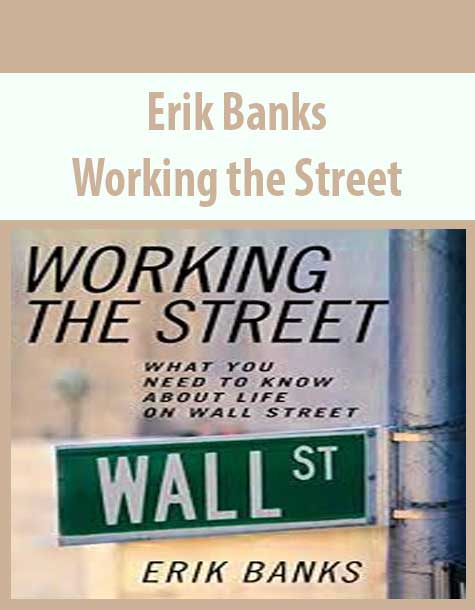
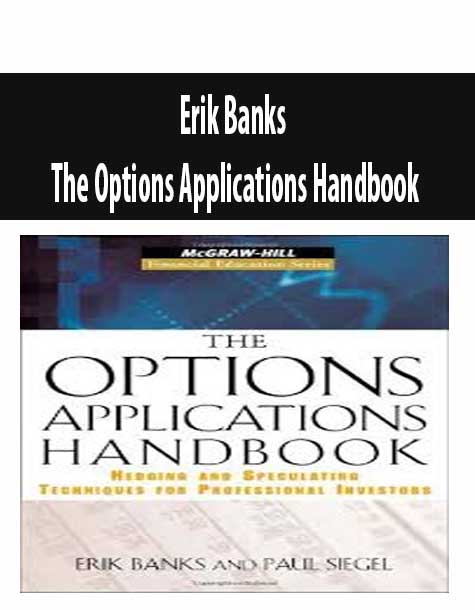
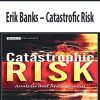
7 reviews for Erik Banks – Catastrofic Risk
There are no reviews yet.